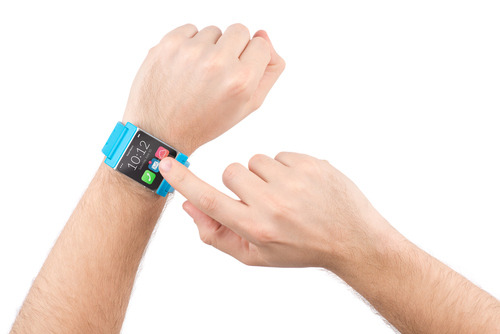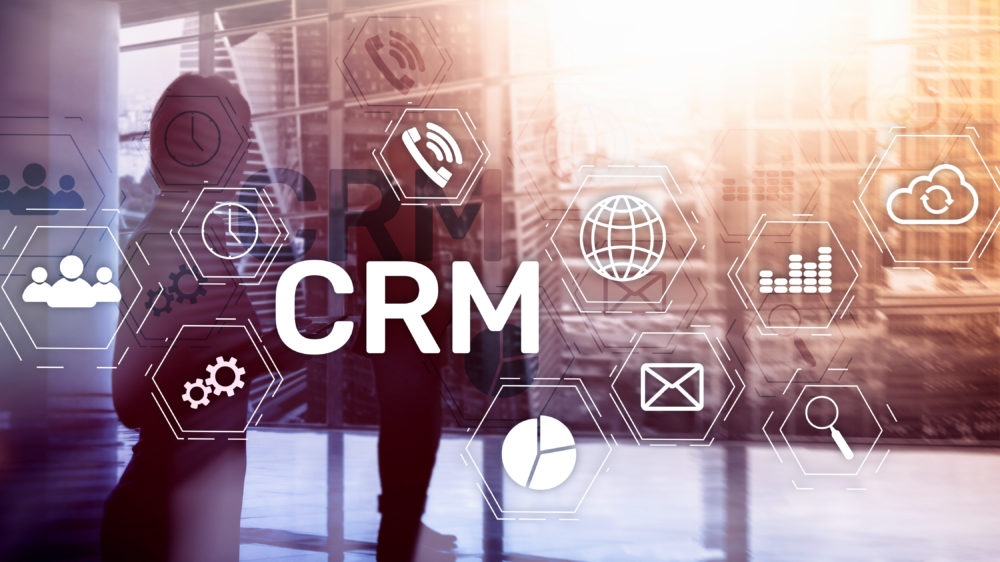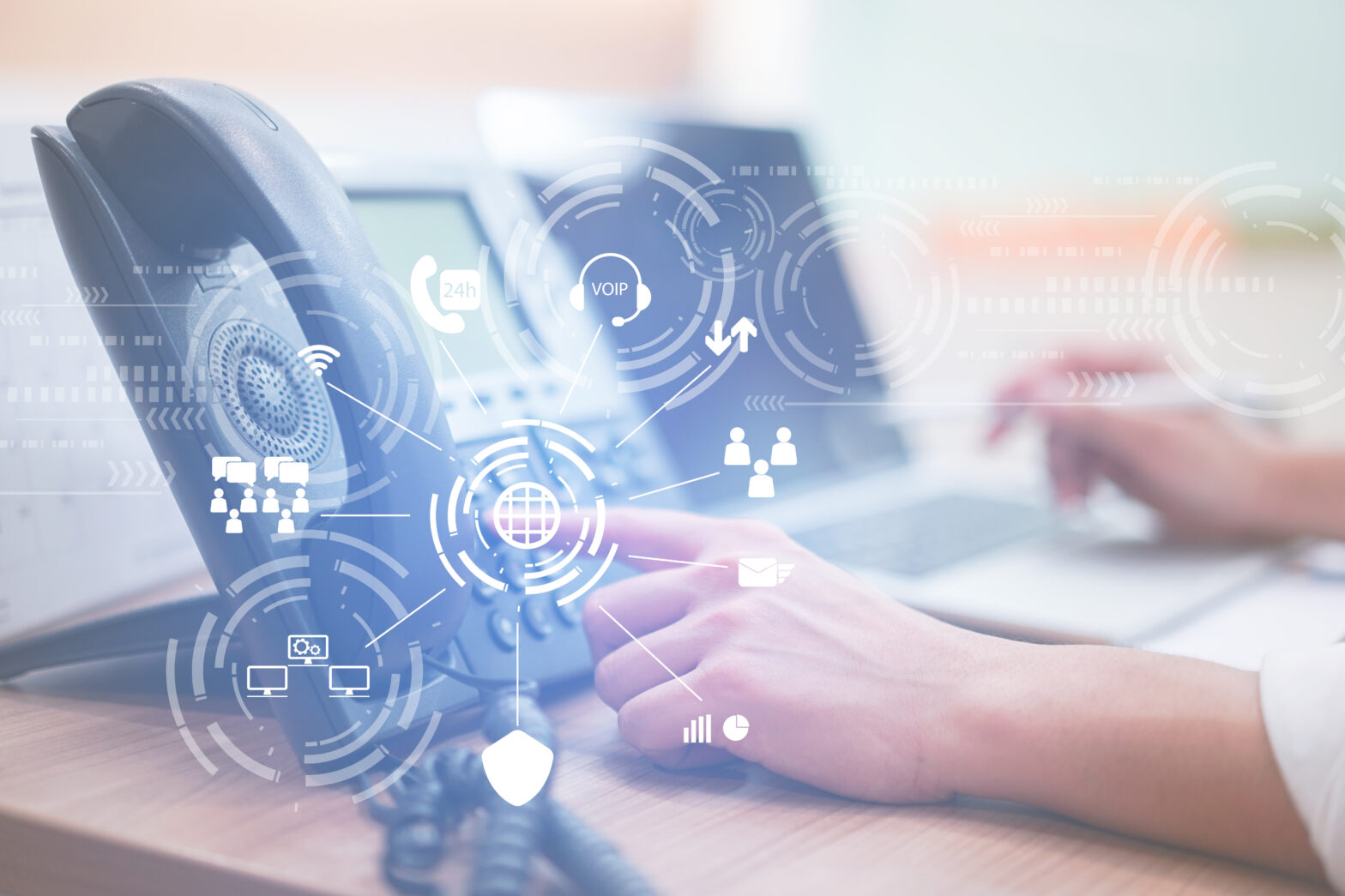Every few years a new technology is introduced to disrupt the market. The desktop PC, laptop, smartphone and more recently the tablet. In the short term, many see it with skepticism or as a fad that will subside in time, while others, see this as new opportunities and possibilities to embrace. Wearable technology is just that.
Wearable technology has already been around for years, with clunky devices not quite fit to honour the word wearable, or concepts in sci-fi movies, which get our imaginations flowing. But over the last year the technology industry has focused on delivering usable and ergonomic products that can assist the user in their business or personal life. With the Internet of Things right around the corner, connecting our home devices to our smartphones, and our cars to our tablets, the world will be connected more than ever.
With wearable technology expected to become a £11 billion business by 2018 businesses can take advantage of the change and by becoming early adopters can maximise both revenue and productivity.
Payments on the go
Mobile payments are close to becoming mainstream and are already disrupting the bank and credit card markets. Apple recently announced Apple Pay, a payment service built into the iPhone 6, and to be launched in early 2015 the Apple Watch. Meanwhile Samsung teamed up with PayPal to launch an app for the Samsung Gear 2 Smartwatch, allowing direct payments in-store without the need of your wallet. The new Gear 3 will potentially incorporate fingerprint technology to authorise payments using biometric sensors while simplifying the process on a device with limited space for typing passwords.
Businesses can benefit from mobile payments to allow quick and efficient transactions built on secure technology. Where it really comes into its own is how businesses can market their propositions and gain visibility by expanding their reach as consumers can view offers and promotional information based on the user’s location. Potential customers do not even need to be in the store to select products, and can simply walk in and pay upon receipt with their wearable device and transaction info and balances can be pinged directly to the device through apps or text messages. It opens up another medium for businesses to market and promote their products on, allowing digital marketers to push the boundary of real time and location based offers. Capturing buying behaviour and habits of your consumers allows intelligent and specific targeting, in turn driving improved footfall, conversion rates and better efficiency on your marketing budget.
Apple are pushing the market to use Apple Pay to transact on groceries, clothes and everyday products, literally changing the face of the payment market as we know.
Productivity in the workplace
Small to medium businesses still need to have efficient productivity levels as those of big corporate enterprises. Wearable technology is being used currently across a number of sectors from healthcare, sport and fitness and retail. It won’t be long before doctors are using Google Glass during operating procedures, with the ability to see what they are cutting into and offering step by step guides by displaying information over the actual operation using augmented reality. Using info from previous scans, you can expect the data to be uploaded directly into the headset to provide real-time recommendations.
Another example is Tesco implementing AMT technology (arm-mounted terminals) in the form of a wearable terminal manufactured by Motorola. Workers in the warehouse were armed with these devices to keep track of performance and set benchmarks. The device instructs employees for the most efficient ways to pick their orders while keeping track of how competently employees unload and scan goods in the warehouse. The results are not public but we can expect to see this type of technology become regular in the workplace.
While big enterprise businesses are currently testing how best to use wearables the possibilities to improve efficiencies are endless.
Small building and construction businesses can use similar methods to that of the health sector, using Google Glass to see behind walls, measure areas and superimpose what they are looking to implement. This technology can be easily be used by electricians, plumbers and similar businesses. Users can bring up information, which would normally be accessed by a smartphone or tablet, allowing the use of both hands to continue working with the information visible directly in front of the user.
Using wearables to monitor workforces within businesses and also on the move, can allow businesses to find pinch points and areas to improve. While there is a level of consideration for micromanaging through this technology, it does allow businesses to use data to drill down into productivity and gain insight on performance trends and issues. The technology can used be across a variety of businesses from logistics, field sales and event management businesses.
Changing the face of health and fitness through technology
Technology has always been an integral part of the health and fitness industry, specifically in the professional game and sport science where performance measurements are key. Businesses in the health and fitness sector will be one of the areas that will see huge benefits from wearable technology. With the release of products like the Samsung Gear Fit, Fitbit Flex and the advanced Apple Watch, the market has opened up to the affordability of small businesses and consumers.
Businesses in the sports sector can use devices to monitor performance of teams or individuals and download real-time data, more data than previously possible allowing analysis for granular improvements in performance. Using this data it can give businesses the edge in the services they provide to local teams and sports centres. Local gyms can provide more advanced services for members by offering wearable tech as part of their routine and fitness schedule. In turn this gives instructors data on their clients in and out of scheduled sessions, providing more insight and concrete recommendations based on defined metrics. The added benefit is the ability to track health issues from pulse to blood pressure. But where the sport industry can really benefit is if this hardcore data can be turned into quick real time recommendations to achieve health goals.
What can business achieve
While these are some examples, the limits are endless to what can be achieved with new technology, and wearable tech will form a key paradigm shift in how we view technology as integral part of our lives. The potential for businesses should not be underestimated, as with most new technologies there is apprehension and excitement, which follows with a boom period that provides new opportunities to improve processes, workflow, communication and most importantly the ability to innovate in the workplace.




